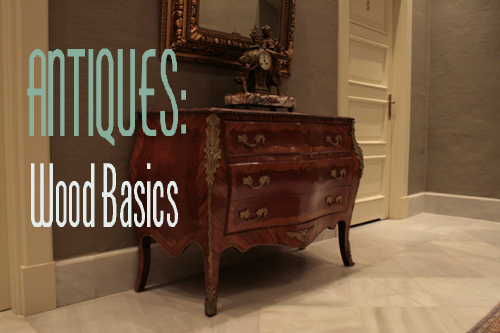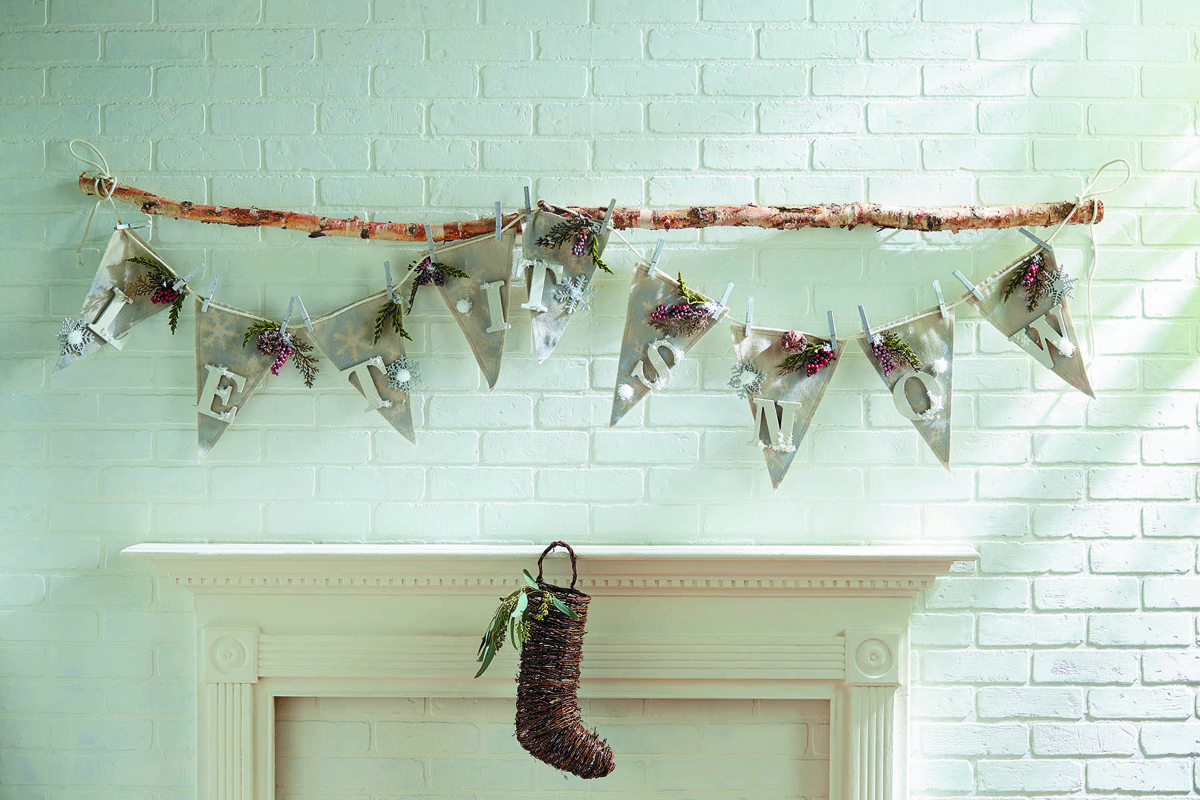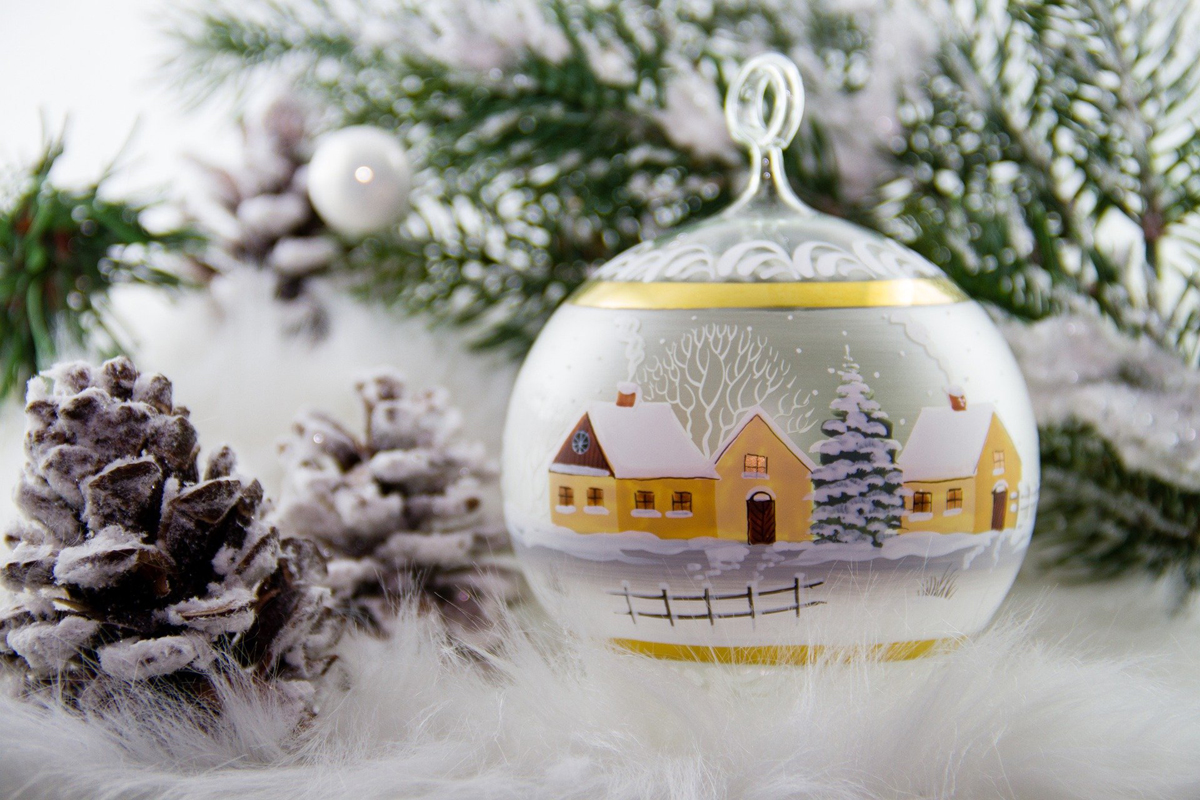Antiques – Wood Basics

Oak, mahogany, walnut, pine, rosewood, maple, elm; you may have some or all of these woods in your home. But, do you know how to tell the difference among them? In this month’s column, we’ll talk about the different kinds of wood that are regularly seen in antique furniture and some common decorative treatments.
The Basics
Wood is hard or soft. When I say hard, I mean that the wood is dense, whereas, a soft wood is supple. A good trick to tell the difference between hard and soft wood is that if you press your fingernail into a soft wood such as pine, it leaves an indentation. But, this does not happen with a hard wood such as oak.
Wood is coarse-grain or close-grain. In coarse-grain wood, the age rings in the wood are far a part, giving it an uneven appearance. In close-grain woods, the age rings in the wood are very close together, giving it a smooth, delicate appearance.
Sometimes, wood is stained. Lighter woods such as oak, elm and maple can be stained to resemble a darker mahogany or rosewood.
Some woods (mahogany, rosewood, burl walnut) are perceived to be more valuable than other woods (elm, maple, spruce). The reason for this is availability. Woods that need to be imported are more expensive than home-grown woods. Woods that are abundant are not as expensive as woods that are scarce.
Oak
Oak is a coarse-grain hard wood found in Europe and North America. Starting in 17th century Europe, oak was used to make furniture found throughout the home. There are several varieties including red oak and white oak. Young oak is pale in color. But, over time and with polishing, oak darkens into a rich brown color.
Mahogany
Mahogany is a close-grain hard wood native to northern and central South America and the West Indies. Mahogany was a popular choice in England during the mid-18th century for fine furniture making. It is a dark red color sometimes, however, it is dark brown. Red mahogany is found in the West Indies and brown mahogany is native to South America. Mahogany furniture continues to be desirable today.
Rosewood
Rosewood is a close-grain hard wood indigenous to India, South America and the West Indies. Rosewood is named for the rose scent that releases when it is cut. Occasionally, I find that people confuse rosewood and mahogany. Both woods can be red in color. However, when you look closely at rosewood, you’ll see fine black (and sometimes white) rings that are not present in mahogany. Another trick to tell if an item is rosewood is to pick it up. Rosewood is a very heavy wood, heavier than mahogany. In the 17th century China, rosewood was a popular choice for fine furniture makers. As well, in 19th century Europe, it was used to construct better-quality furniture for fine homes.
Walnut
Walnut is close-grain hard wood found in Europe and North America. The color varies from light to a very rich golden brown color and it is not uncommon to find walnut stained to look like mahogany. Sometimes, disease leads to the unexpected. Burl walnut, the most prized form of walnut, results from a disease that attacks the tree causing a beautiful scrolled, close-grain. These days you see the look of burl walnut replicated in the plastic interiors of some higher end cars.
Pine
Pine is a pale, knotted soft wood with a wide, straight grain. It grows in Europe and North America. Pine was often used in furniture intended to be painted. Everyday furniture – kitchen tables and chairs -were often made from pine.
Maple & Elm
Maple and elm are coarse-grain hard woods found in North America and Europe. They were frequently used in utilitarian furniture. Often a veneer of a finer wood was applied to these woods.
Veneers
Veneering is a technique where a very thin sheet of a more expensive wood is glued to a less expensive wood. Using less expensive woods such as elm and maple and adding a more expensive mahogany or walnut veneer allowed furniture makers to provide furniture that was affordable for a larger clientele. You may hear an antique dealer say; “This table is walnut on maple.” The dealer means that the item has a walnut veneer and underneath the actual item is maple. A walnut on maple table is less valuable than a solid walnut table.
How do you tell if your furniture is veneered? Look at the edges of the piece. If you see what appears to be a seam, it is veneered. On the other hand, if the edges of the piece are seamless, it is solid.
Early veneers from the 17th century were hand-cut, so they could be uneven. But, in the 19th century veneers started to be cut by machine. This allowed the veneers to be cut very thin and even. Depending on the way the wood is cut, veneering produces different effects. Butterfly veneering occurs when two opposing end grain veneers are diagonally cut from a branch. They are applied to mirror each other.
Marquetry/Parquetry/Inlay
Marquetry is a technique where various kinds of wood are applied to a surface to produce a picture. Flowers and birds were often the subjects. Exotic woods such as ebony, satinwood and tulipwood were frequently employed.
The difference between marquetry and parquetry is the subject matter. Parquetry is a veneer that uses geometric patterns. Nowadays, you see it in parquet hardwood floors and ornate chess and backgammon boards.
Inlay is a decorative treatment where materials other than wood are cut into a design. Inlays were often made of bone, ivory, mother of pearl, brass, tortoise shell. Marquetry, parquetry and inlay first appeared during the Italian Renaissance.
Gilding
Gilding is a technique wherein gold leaf is applied with gesso (a plaster-like substance) to wood. It is highly decorative and was popular during the Italian Renaissance and the Louis period in France.
The Author:
Martin Swinton does antique appraisals and estate sales in Toronto, Canada. He has worked at an auction house, furniture restoration company and for ten years owned an antique shop. He does caning, cording and rushing repairs, teaches courses on antiques and appears at community events. He can be reached by visiting http://www.takeaboo.wordpress.com








